More from News 12
3:07
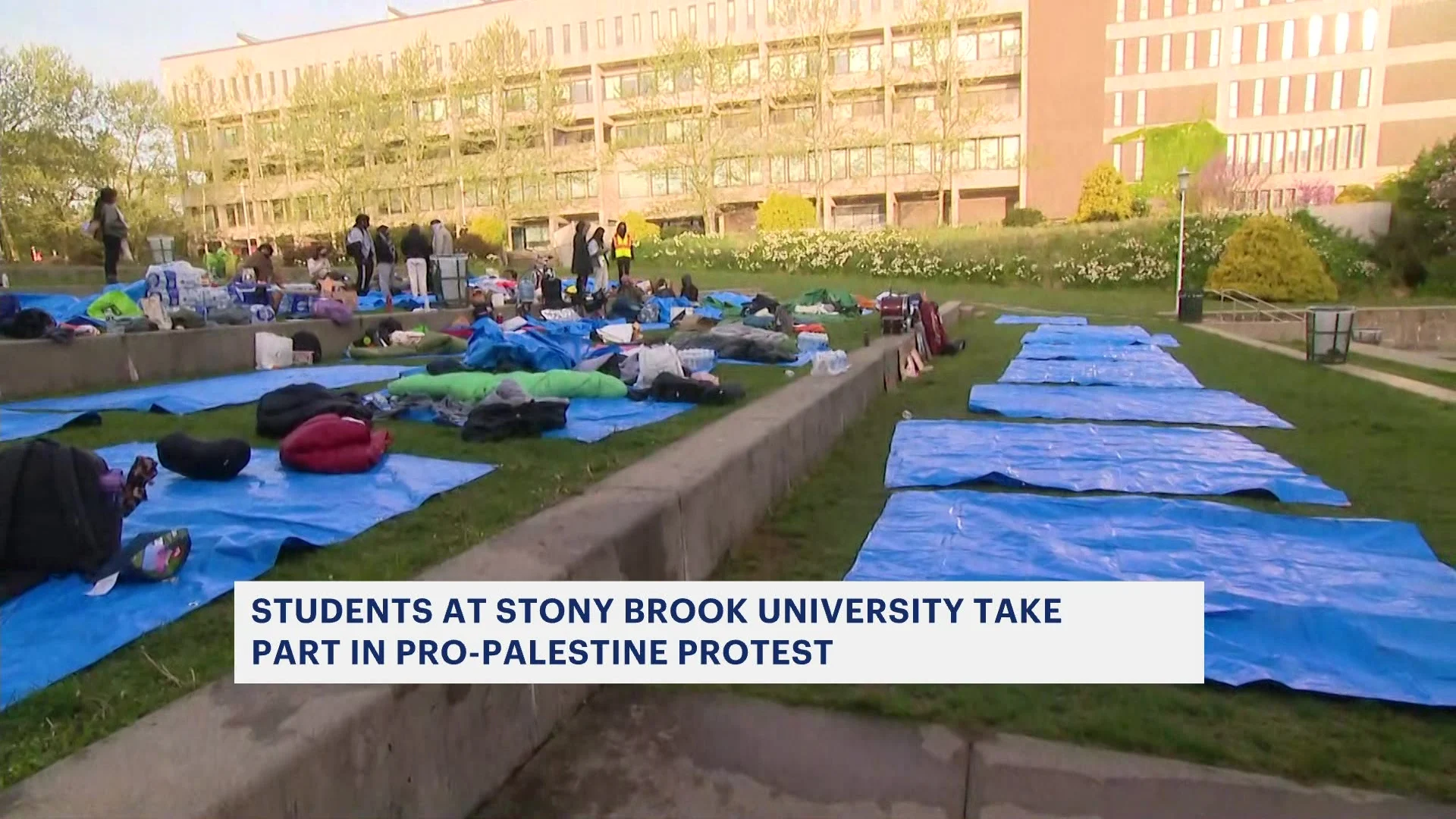
Students at Stony Brook University take part in pro-Palestinian protest
2:57
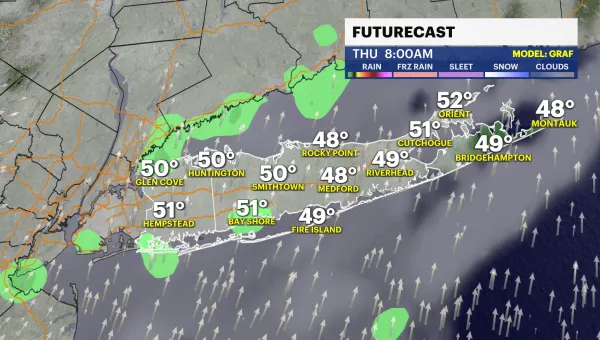
Clouds to sun with highs in the 60s today
0:24

Man, woman wanted for stealing wallet in Huntington Station
0:27
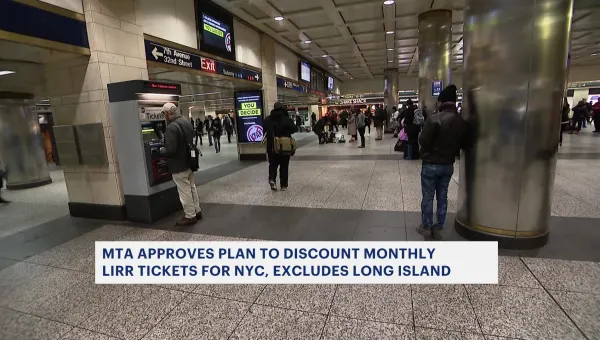
MTA approves plan to discount monthly LIRR tickets for NYC, excludes Long Island
1:40
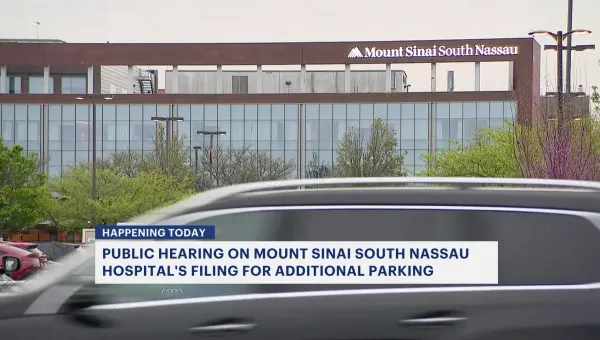
Public hearing to be held on Mount Sinai South Nassau Hospital's filing for additional parking
1:46

What's Cooking: Steak Taco
2:57

Garden Guide: Food you can grow anywhere

Guide: Mental health resources available in the tri-state
1:59

EXCLUSIVE: Father of teen boy killed in Jericho 1 year ago urges governor to sign Grieving Families Act
1:55
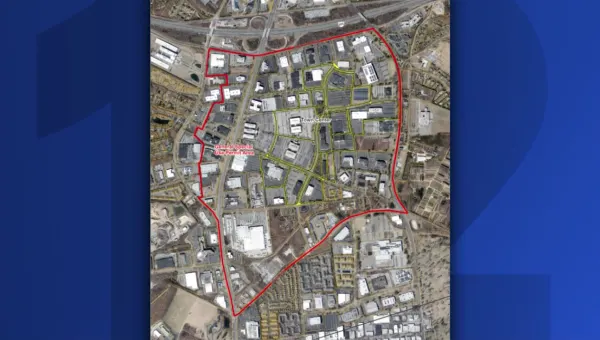
Public hearing held over proposal to bring a walkable downtown to Melville
0:40

2 suspects in LI body parts case plead not guilty to new charges
2:01

US Preventative Services Task Force updates guidance for women to start getting mammograms at age 40
0:20

Wyandanch man sentenced to 13 years in prison for Central Islip home invasion
0:35

Suffolk bakery The Savory Fig recalls baked goods amid state investigation
0:22
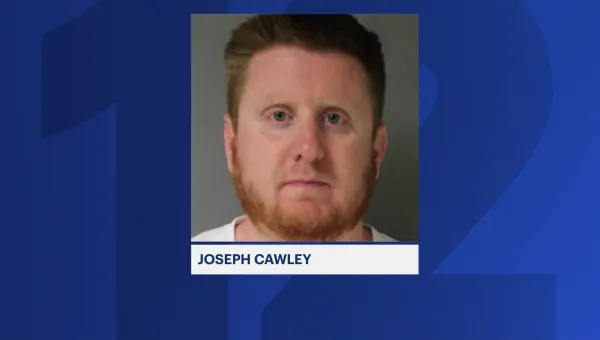
Police: Ridge man arrested for selling fake car insurance
0:33

Family: Floral Park teen struck by dirt bike in Albany in critical condition
0:53

USDA report: Long Island Game Farm giraffe was malnourished before death
2:27

Town of Hempstead IDA holds hearing on Hillcrest of Floral Park apartments
1:23

Groundbreaking held for new Ronald McDonald House in Stony Brook
1:53
